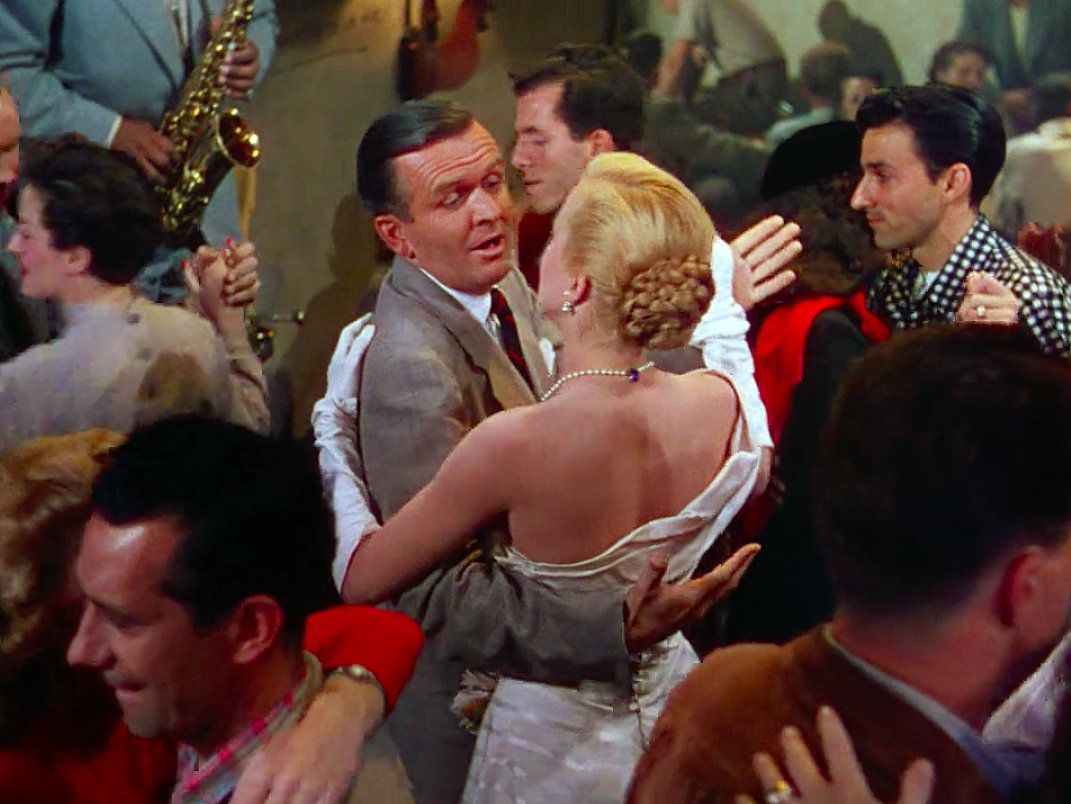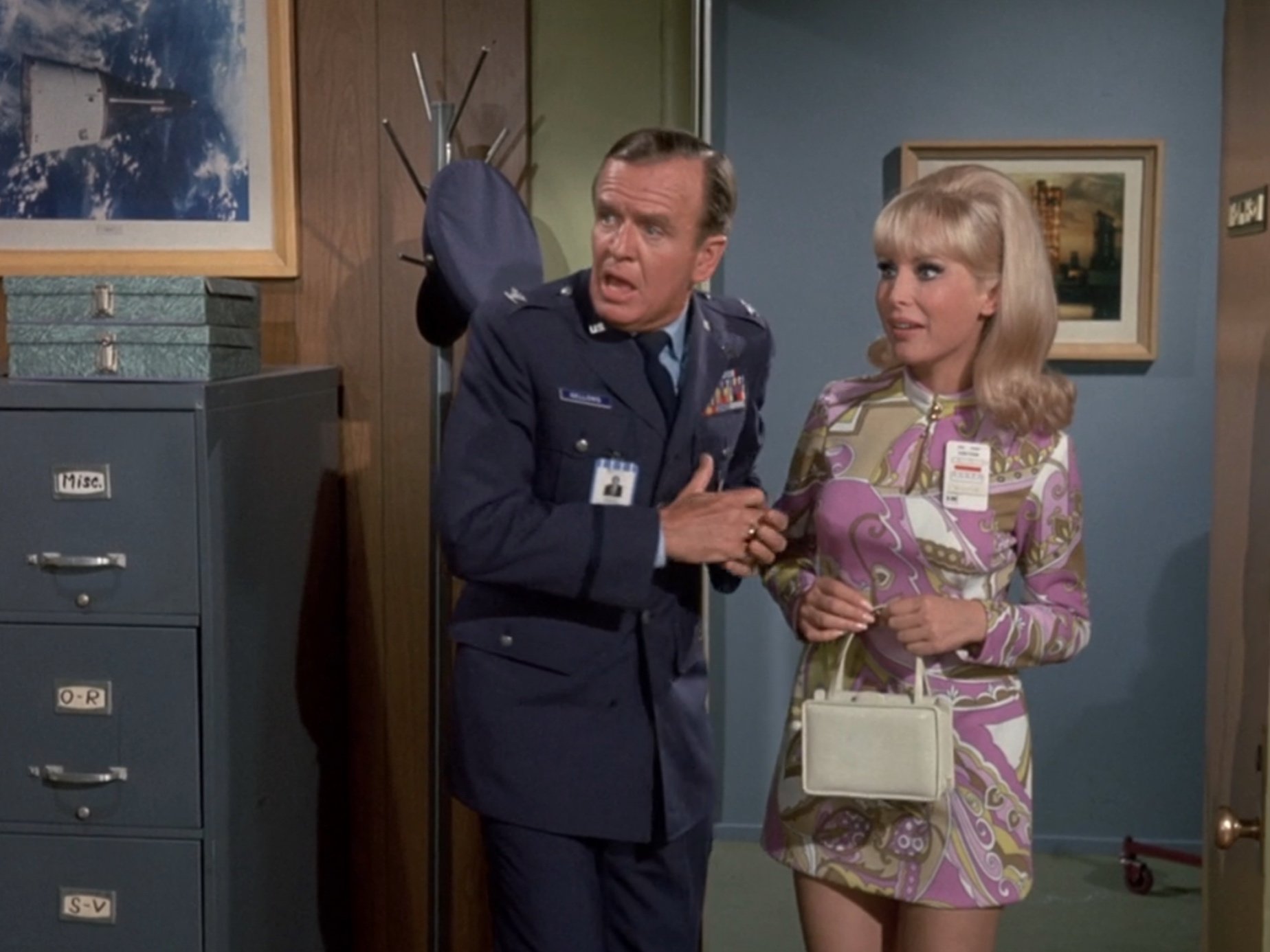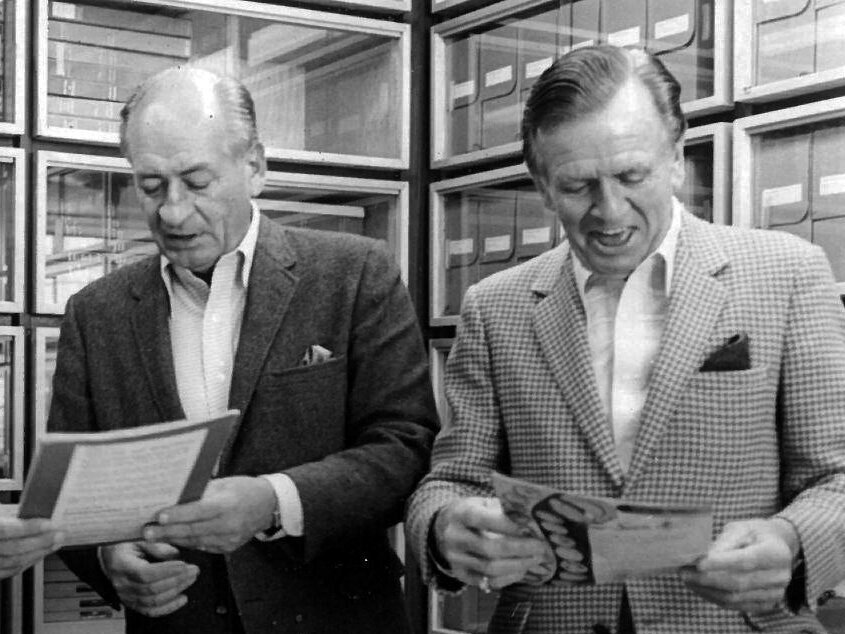
Hayden Rorke
Hayden Rorke was born in Brooklyn on October 23, 1910 to Margaret Hayden Rorke and William Henry Rorke. He was actually named after his father, but he changed his name to Hayden while studying theater at Manhattan’s American Academy of Dramatic Arts.
Hayden grew up as the middle child, between his older brother James Hayden and his younger brother Edward Francis. An older sister, Katherine Mary, passed away at the age of 8 in 1916. His mother Margaret was renowned in the textile and fashion industries, with seemingly every major newspaper reporting seasonally on her color choices and names. Hayden’s father worked as a civil engineer and helped make New York’s subway system a reality.
Headshot ca. 1949, via the Los Angeles Public Library
Hayden’s career as a professional actor began in February 1932 with the debut of If Booth Had Missed on Broadway—a play with a splashy concept that drew lots of coverage but not an audience. He spent the next few years touring the country as part of Walter Hampden’s well-respected Shakespeare troupe before returning to Broadway as an understudy in Personal Appearance.
During the mid-1930s, Hayden met Justus Addiss III—his partner for the next 40 years and the love of his life. Born in 1917 to Jennie Anne Gunderson and Edward Francis Addiss, Justus also grew up with a love for theatre. Whereas Hayden loved the stage, Justus enjoyed working behind the scenes as a stage manager (and later as a director). By the late 1930s and early 1940s, Hayden and Jus had become an inseparable duo both in life and work. Their production company, Addiss & Rorke, produced summer stock plays in New England starring actress/aviator Ruth Chatterton and burlesque star Ann Corio.
Then war broke out.

Because of their extensive theatrical background, Hayden and Justus spent World War II serving their country as assistant stage managers of Irving Berlin’s This Is the Army, an all-soldier revue that ran on Broadway, toured America, received a Hollywood adaptation, and ultimately toured the world. Hayden—who also had a role impersonating his hero Noël Coward—and Jus saw England, Italy, Egypt, Jerusalem, India, and the Philippines through the prism of global war and helped give soldiers a moment’s peace.
Hayden and Jus were far from the only gay men who served from World War II, especially in This Is the Army. The touring revue actually acted as a safe space that allowed gay men, including couples like Hayden and Jus, to live openly. After all, This Is the Army required a number of soldiers to sing, dance, make costumes, and perform numerous routines in drag. Unreleased photos from this global tour show Hayden and Jus touring the pyramids and doing an impromptu can-can in the desert with fellow gay soldiers. But these men were still soldiers. They went through the same basic training and saw the same war torn landscapes. The battlefield was their stage, but it was still a battlefield.
Following This Is the Army, Hayden and Jus helped Lucille Ball find her footing onstage with a touring production of the play Dream Girl. A few years later, Ball would return the favor by giving Hayden his first TV role in the I Love Lucy episode “New Neighbors.”
The couple relocated to Los Angeles where they bought a home—together—and got to work. Justus became an in-demand television director, helming episodes of Alfred Hitchcock Presents, The Twilight Zone, Lost in Space, and Voyage to the Bottom of the Sea.
Hayden had roles in nearly a dozen movies in 1951 alone, but he’d find real fame through his work as Dr. Bellows on I Dream of Jeannie. Now his story—his full story—is ready to be told, and it’s a tale that’s every bit as charming and delightful as the man himself.
Hayden and Justus, reporting for duty ca. 1942
via the Museum of the City of New York
Justus and Hayden donating their papers to the University of Wyoming, May 1977
via the American Heritage Center at the University of Wyoming

Hayden’s style

Hayden’s filmography




